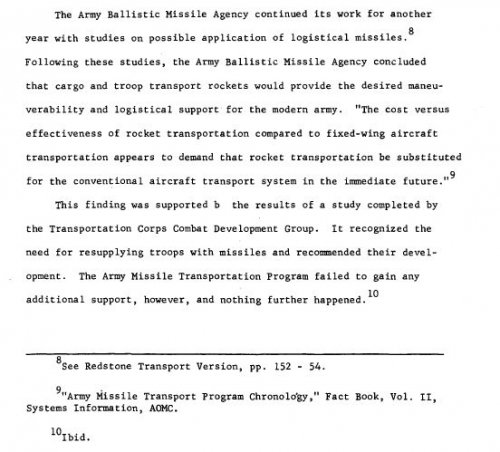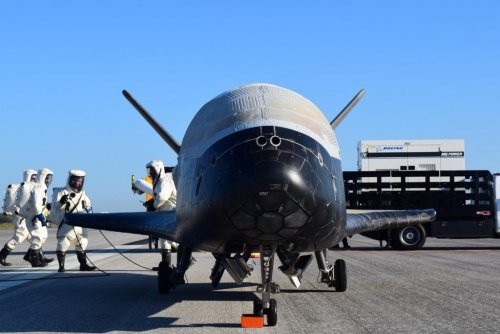In doing some looking at past papers and presentations for “Responsive-Space-Access” here:
http://www.responsivespace.com/psearch.asp?cat=H
I ran across this one, (there are many at the site though and some pretty interesting stuff):
Paper Number RS7-2009-1002: Small Unit Space Transport and Insertion (SUSTAIN) John M. Jurist (Odegard School of Aerospace Sciences, UND), David C. Hook (Planehook Aviation Services), David Livingston (Odegard School of Aerospace Sciences, UND )
http://www.responsivespace.com/Papers/RS7/SESSIONS/SESSION%20I/1002_JURIST/1002C.pdf
http://www.responsivespace.com/Papers/RS7/SESSIONS/SESSION%20I/1002_JURIST/1002P.pdf
Abstract:
Cheap, rapid orbital launch (Responsive Space) has been elusive. Three potential approaches, all with different policy and economic implications, are considered. The first, exemplified by Virgin Galactic’s SS-2, evolves current attempts at suborbital space tourism or human-tended science involving brief flights with apogees above 100 km into point to point suborbital transport and then to orbital transport. The second, exemplified by SpaceX’s Falcon series, evolves more traditional aerospace technology with improved management to drive down launch costs on the margin and then hopefully to the point where response space access is accomplished. The third, and in our opinion most viable short term approach, uses requirements addressing national security needs to accelerate development and to exploit currently existing technology or technology that is partially developed and demonstrated. We illustrate this approach by considering the Small Unit Space Transport and Insertion (SUSTAIN) requirement presented by the US Marine Corps. SUSTAIN specifies a capability to place a squad of 13 marines and field supplies anywhere in the world from the continental US within 2 hours. Potential solutions considered and rejected include: ? A DC-X like vertical take-off rocket-powered vehicle that decelerates and lands under rocket power and then returns under rocket power without refueling and refurbishing cannot be developed and fielded in a 5-10 year period. ? An aerospace plane would most likely require development for more than a decade and would also require a landing field near the target area. ? Placing and staffing a constellation of up to 12 space stations with re-entry vehicles is technically possible but economically implausible. Our inexpensive approach for the 5-10 year time frame with current technology is a capsule on a pressure-fed, liquid-fuelled, ablatively-cooled, composite 3 stage vertical take-off rocket-powered launch vehicle. The launch vehicle is a modified Microcosm Scorpius Exodus system. The capsule decelerates aerodynamically during re-entry, decelerates further with a parachute or parasail, and cushions the final impact with small solid-fuelled rockets. Extraction of individual team members could be accomplished by using Fulton Recovery Systems on them individually or by lifting the capsule containing the team to several thousand feet AGL with the capsule abort rocket system and then snagging it in midair with a cargo aircraft. The basic technology required for this approach has been demonstrated over the past ½ century. Most of the technology elements for the Scorpius Exodus have been demonstrated and even flown. Therefore, SUSTAIN could be implemented rapidly and inexpensively. The major developmental element appears to be the capsule. Major impediments to implementing SUSTAIN fall within the political, economic, and policy arenas. A side benefit of this approach to SUSTAIN is a simple, cheap, responsive space launch vehicle.
(Randy)












